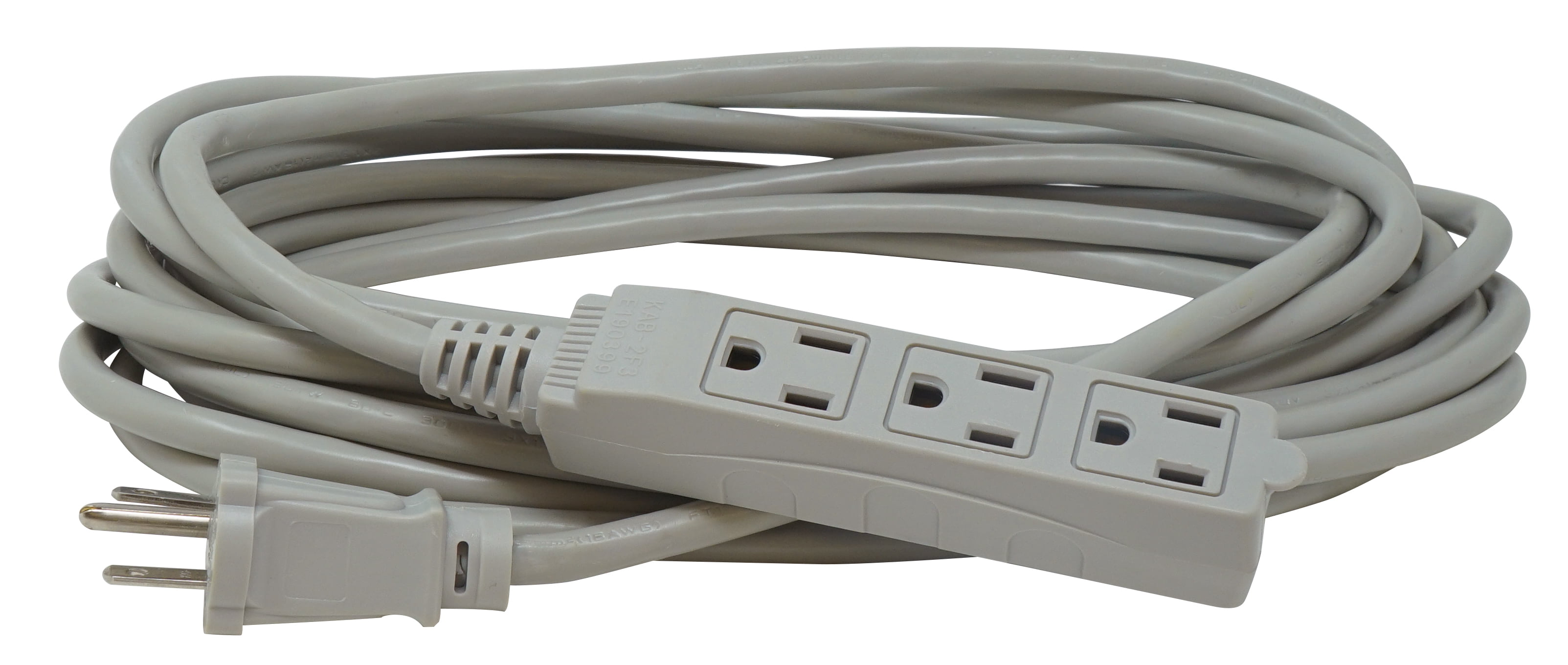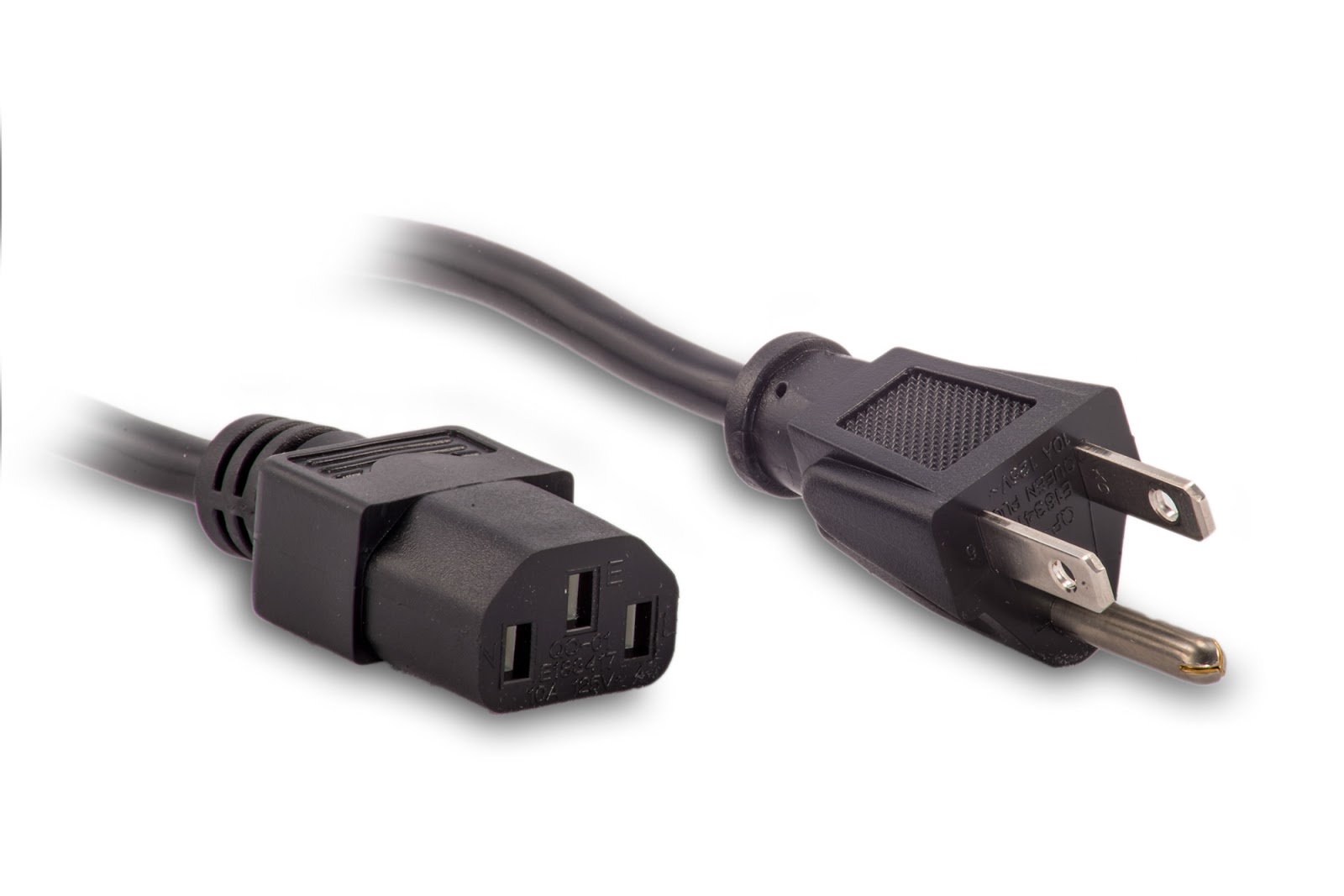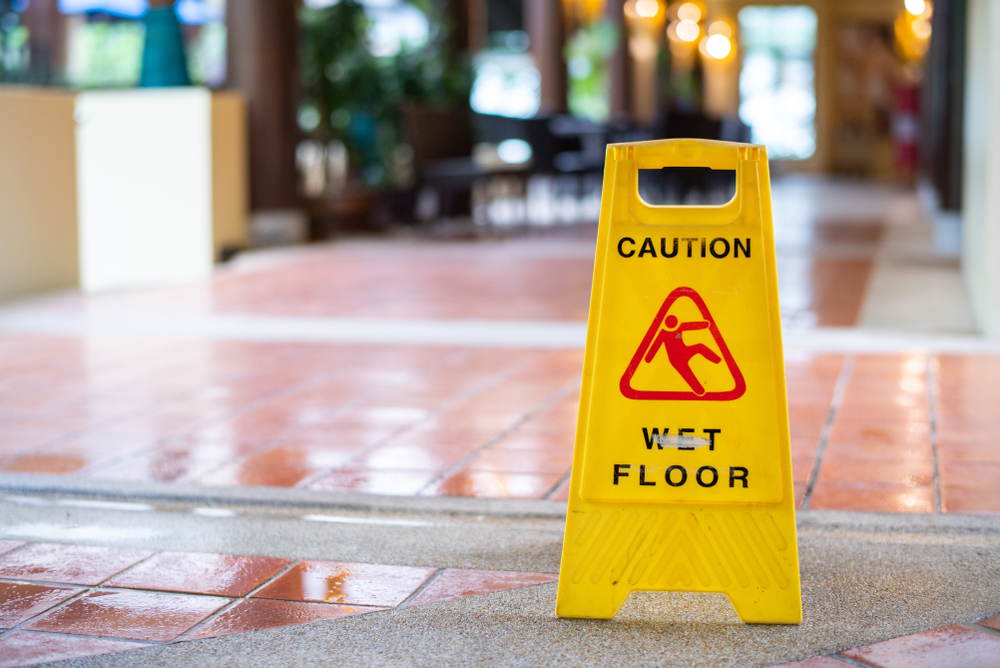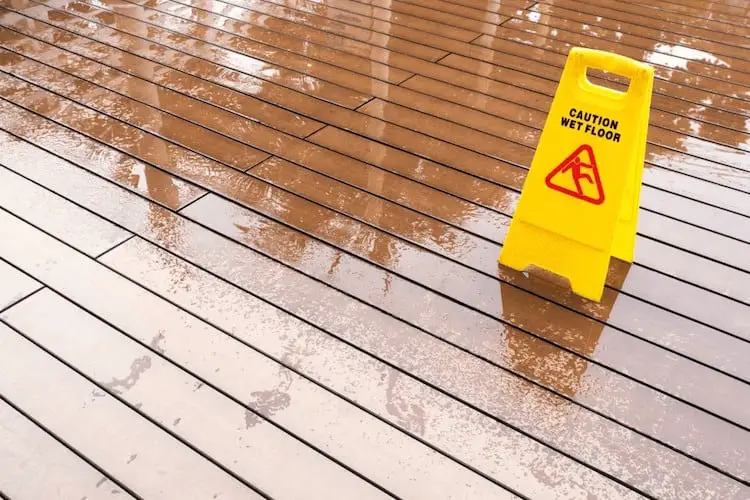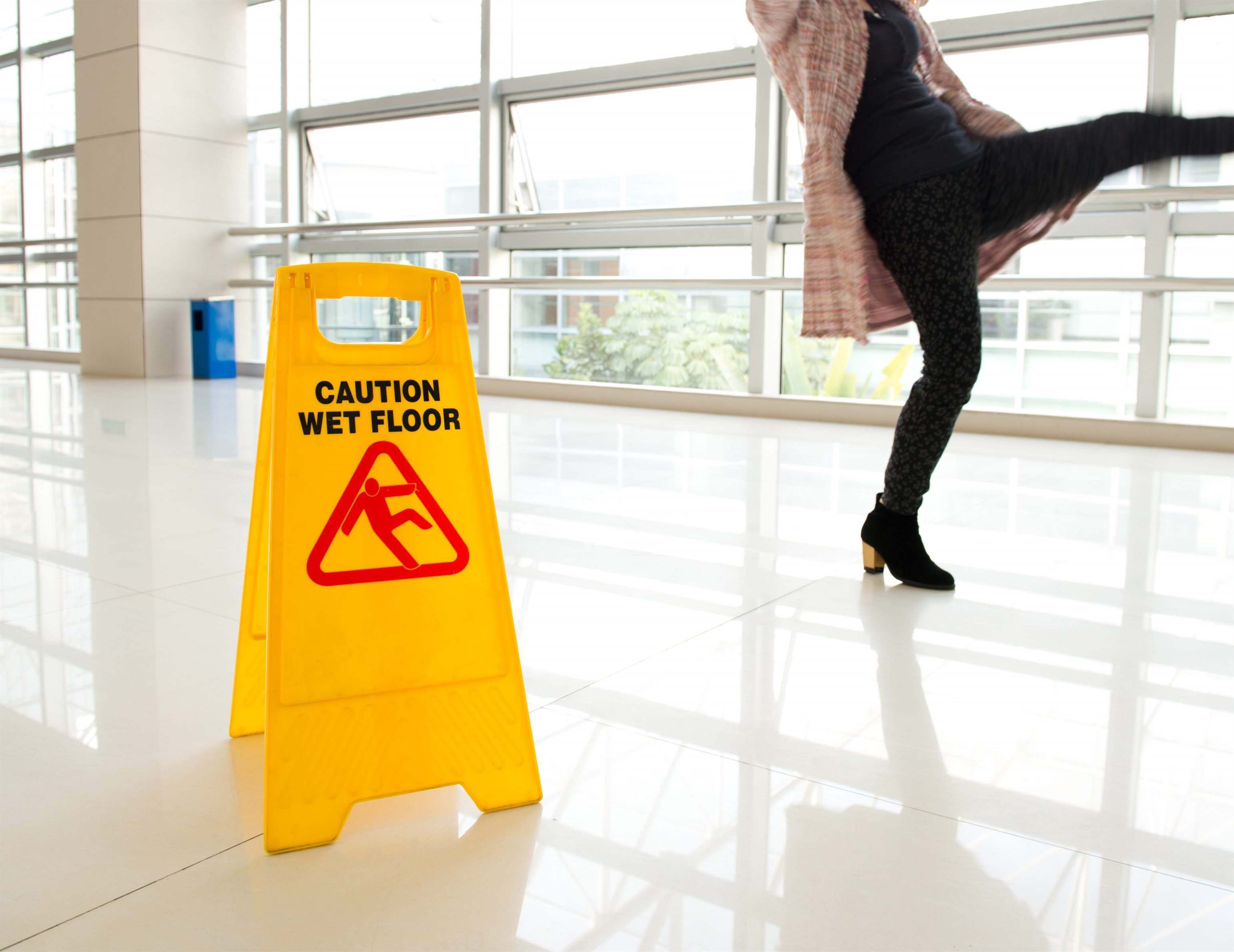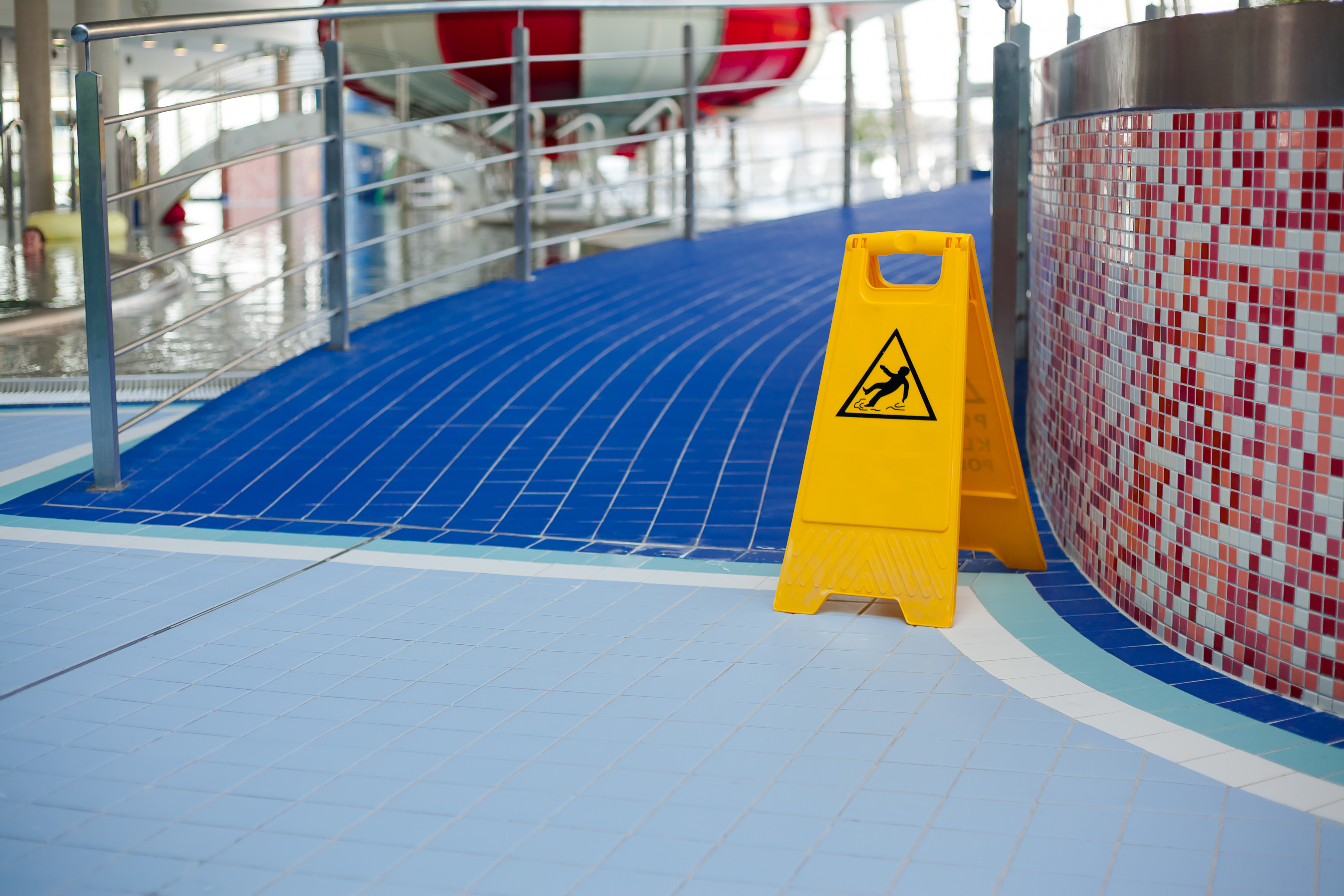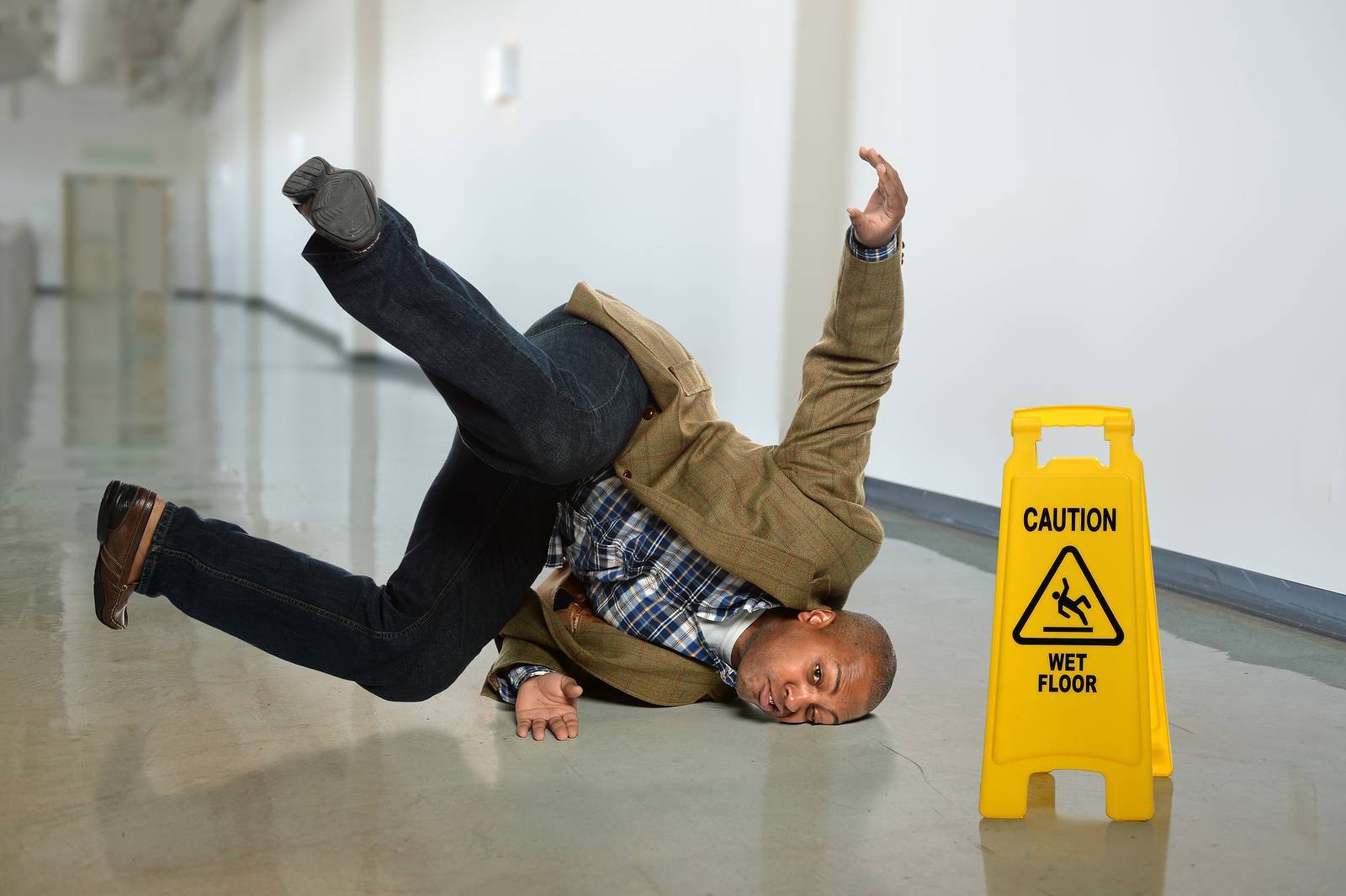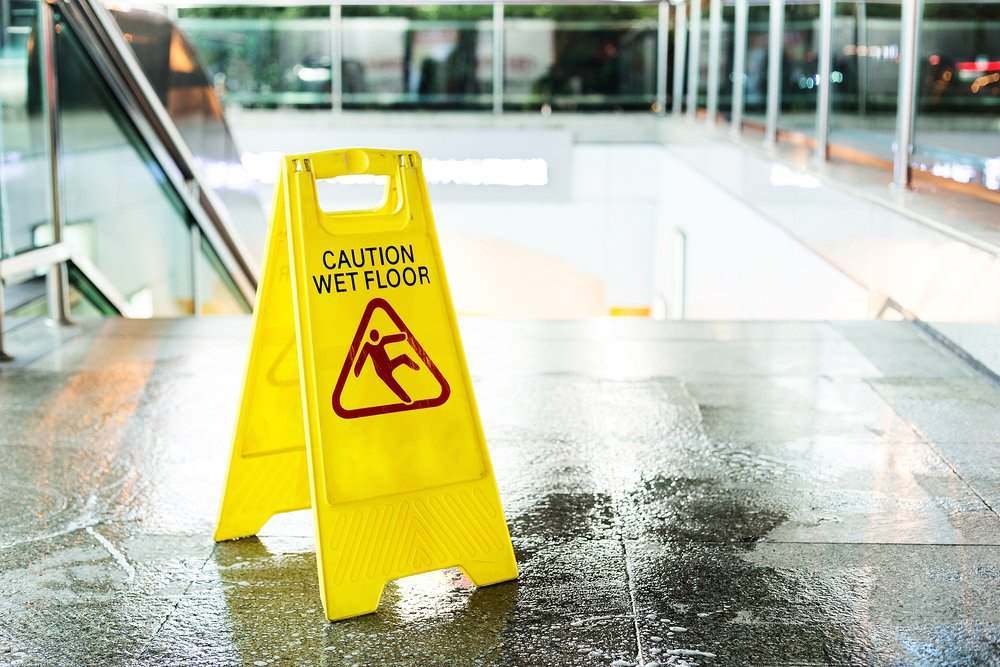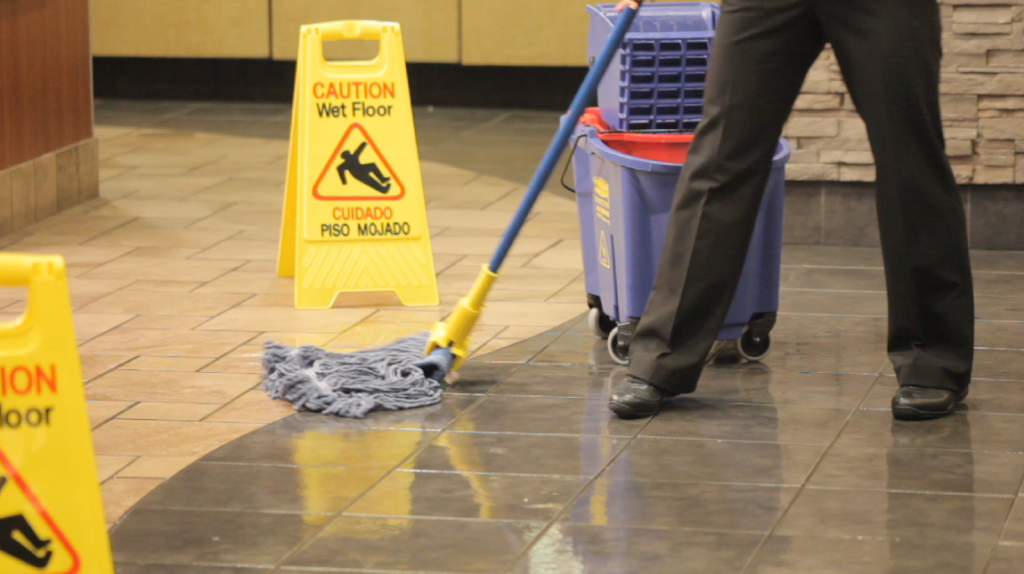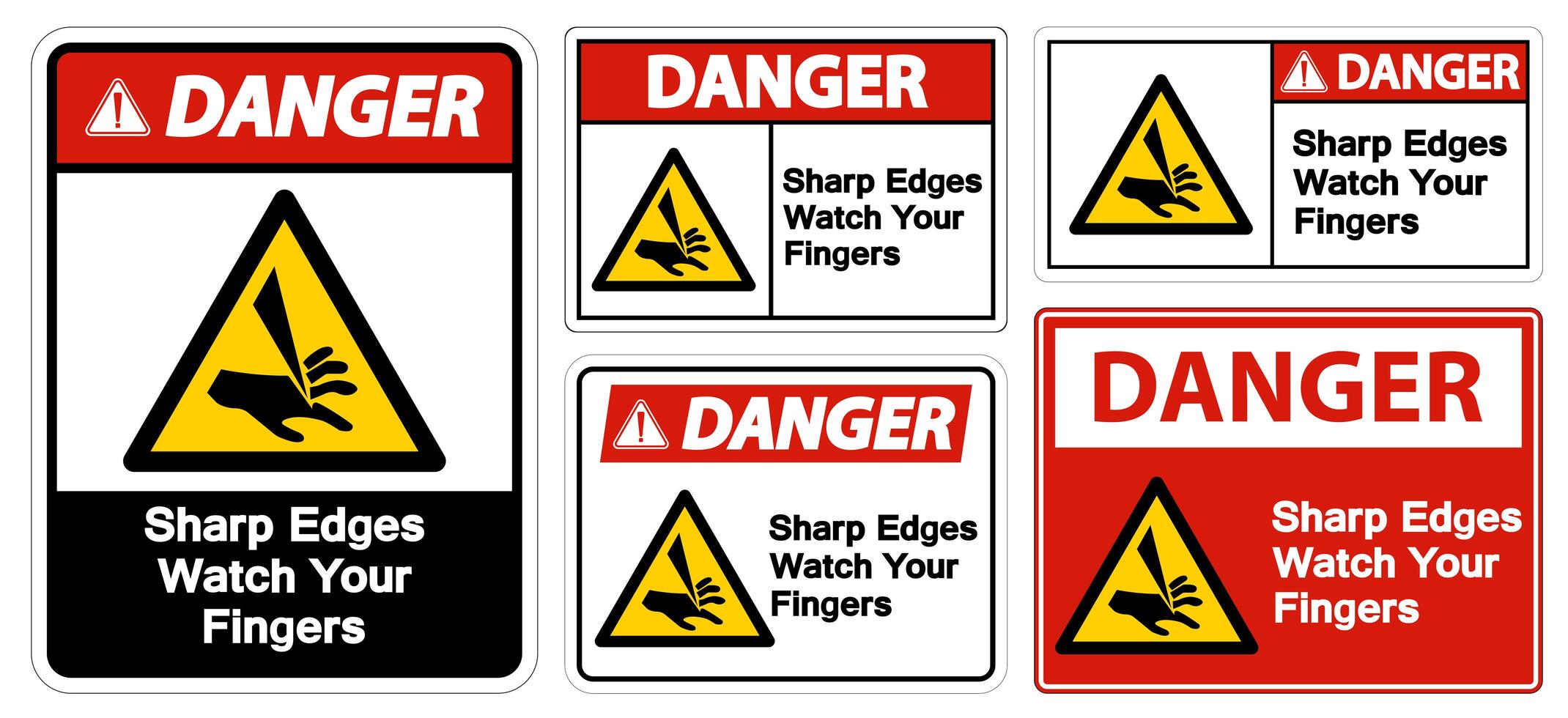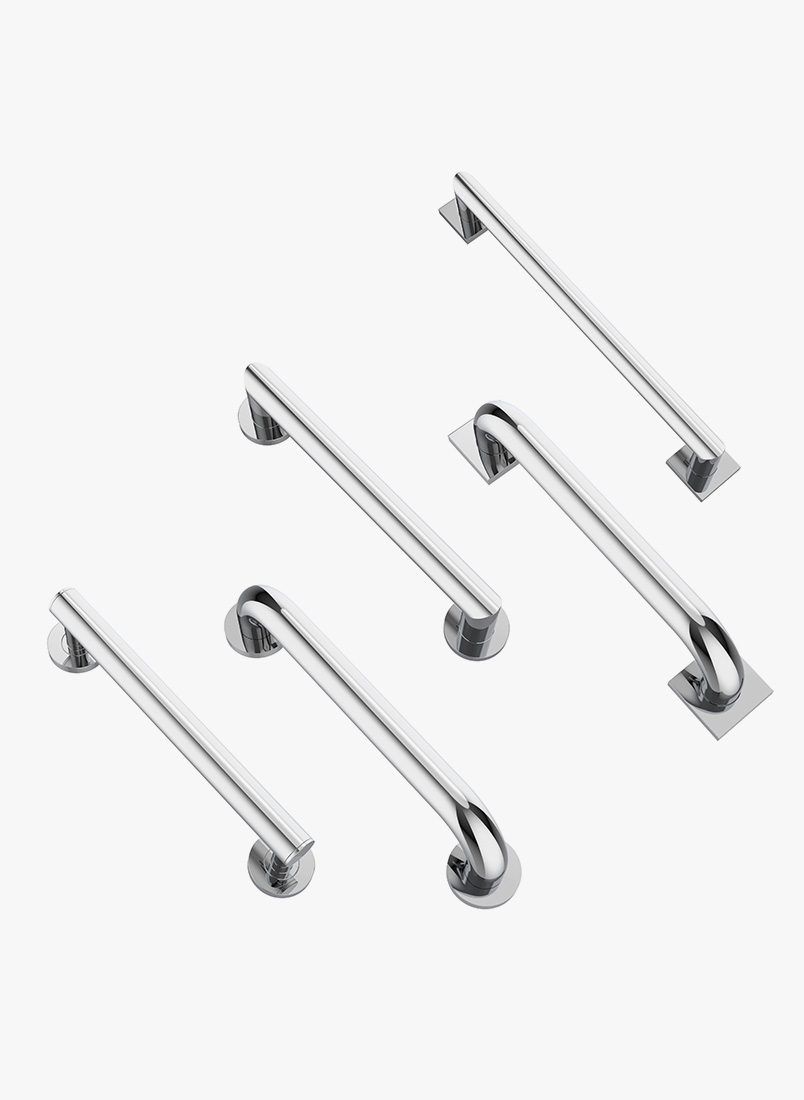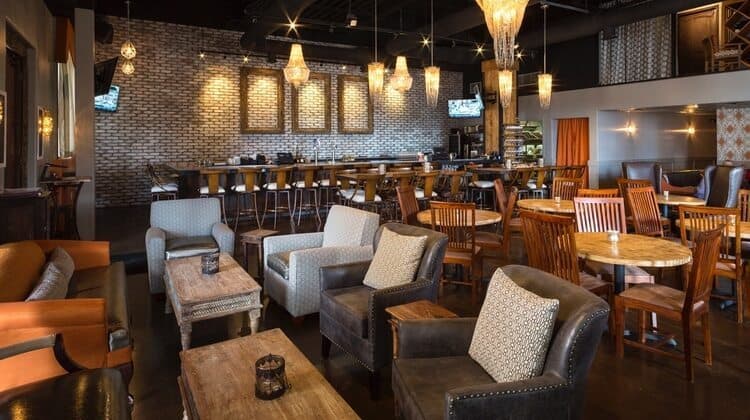When it comes to creating a welcoming and comfortable living room for the elderly, furniture placement is crucial. Elderly-friendly furniture should be easily accessible and arranged in a way that promotes safety and mobility. This means avoiding overcrowding the room with too much furniture, as this can create obstacles and trip hazards for those with limited mobility. Furniture Placement: A Common Hazard for the Elderly
Tripping and falling is one of the most common causes of injuries for the elderly, and the living room can be a prime location for these accidents. Loose rugs, cluttered pathways, and electrical cords are all potential trip hazards that should be addressed. Make sure to secure any loose rugs with non-slip pads, keep pathways clear of clutter, and use cord covers or tuck cords away to prevent any potential accidents. Trip Hazards: Watch Your Step
Proper lighting is essential for the safety of the elderly in the living room. Dim lighting can make it difficult to navigate the room and can increase the risk of falls. Make sure to have sufficient lighting throughout the room, including task lighting near seating areas and nightlights for easy navigation in the dark. Poor Lighting: A Hidden Danger
As mentioned earlier, loose rugs can be a major trip hazard for the elderly. But they can also pose a risk for slips and falls. Make sure to use non-slip pads under all rugs in the living room, or consider removing them altogether to eliminate any potential hazards. Loose Rugs: A Slippery Slope
Cluttered pathways can be a major obstacle for the elderly, especially those with walking aids or wheelchairs. Make sure to keep the living room clear of any unnecessary items or furniture to provide a clear and safe path for movement. Wall-mounted shelves or storage units can also help to keep items off the floor and out of the way. Cluttered Pathways: Clear the Way
The type of chairs used in the living room can also make a difference in the safety of the elderly. Avoid unstable chairs that can tip over easily, and opt for sturdy chairs with armrests for easy support when standing or sitting. Recliner chairs can also provide added support and comfort for the elderly. Unstable Chairs: Sitting Safely
Not only can electrical cords create trip hazards, but they can also pose a danger for electrical shocks. Make sure to tuck away any exposed cords or use cord covers to prevent accidents. This is especially important for those with mobility issues who may rely on electrical devices in the living room. Electrical Cords: Tuck Them Away
Slippery floors can be a major hazard for the elderly, especially in areas that are prone to spills or moisture. Make sure to use anti-slip mats in areas such as the kitchen or bathroom, and consider using slip-resistant rugs in the living room. Regularly mopping up any spills or moisture is also important to prevent any potential falls. Slippery Floors: A Slippery Slope
Sharp edges on furniture or decor can be a major safety concern for the elderly. Make sure to use corner guards on any sharp edges or corners, and avoid furniture with sharp edges altogether. This is especially important for those with vision or mobility issues who may not see or navigate around these hazards. Sharp Edges: A Cut Above the Rest
Grab bars are an essential safety feature in the living room, especially for the elderly. They provide support and stability when moving from a seated to standing position or when navigating the room. Make sure to install grab bars near seating areas, stairs, and any other potential areas where support may be needed. Lack of Grab Bars: A Missed Opportunity for Safety
Additional Hazards to Be Aware Of

While the living room may seem like a relatively safe space for elderly individuals, there are a few other hazards to be aware of. One commonly overlooked danger is the placement of electrical cords. These can easily become tripping hazards, especially for those who may have difficulty with balance or mobility. Ensure that all cords are tucked away and out of walkways, or consider investing in cord covers to keep them out of sight and out of the way.
Another potential hazard in the living room is the use of rugs or carpets. While they may add warmth and comfort to the space, they can also be a major risk for slips and falls.
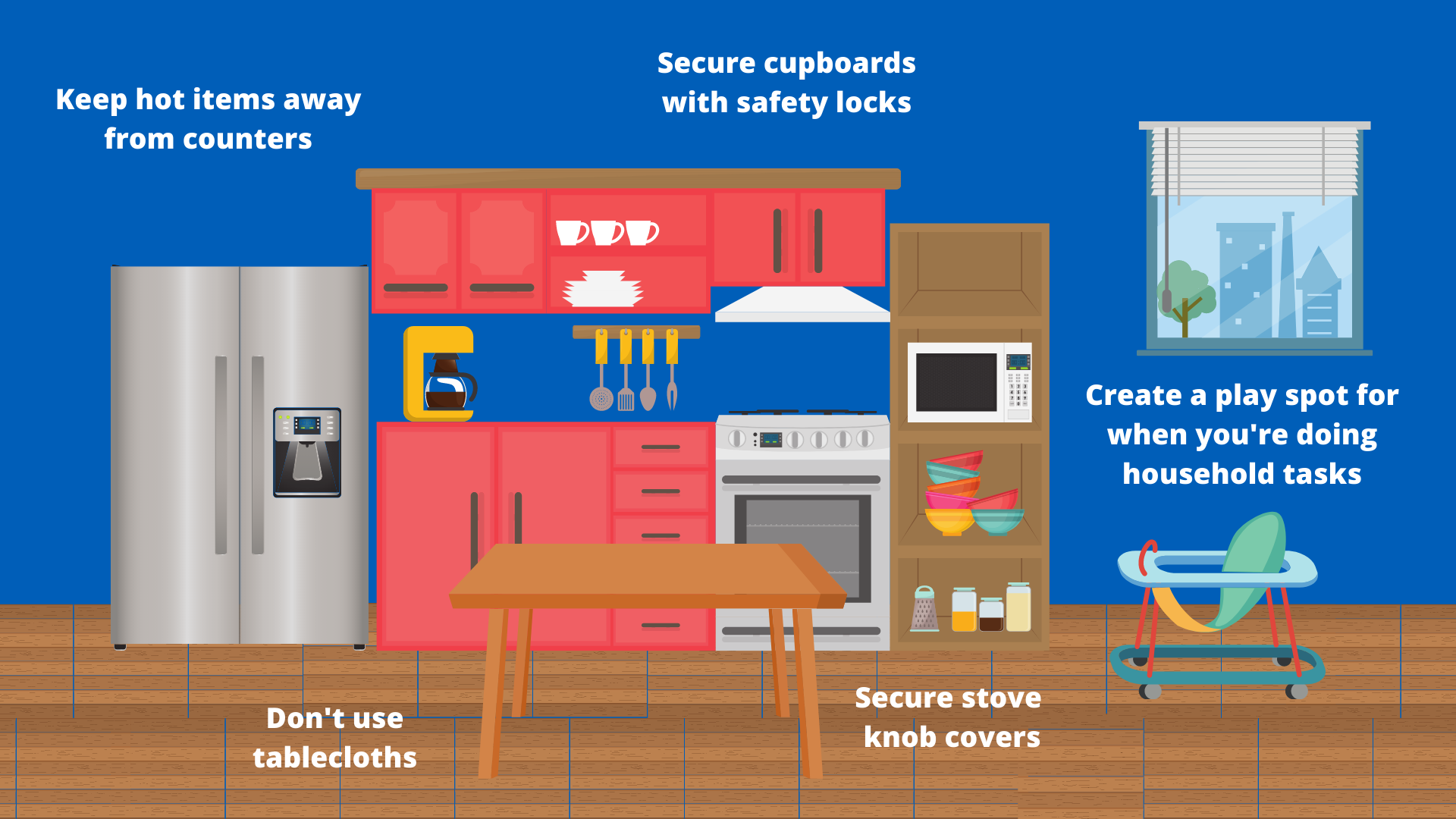
Make sure all rugs and carpets are secured firmly to the floor using double-sided tape or non-slip backing. Additionally, avoid using rugs with high pile or thick padding, as these can be more difficult to navigate for those with mobility issues. It is also important to regularly check for any loose or frayed edges on rugs, as these can also pose a trip hazard.
Finally, the layout and design of the living room can greatly impact the safety of elderly individuals.

Avoid cluttering the space with too much furniture or decor, as this can make it difficult to navigate and increase the risk of falls. It is also important to ensure that there is enough space for wheelchair or walker access, if needed. Consider using furniture with rounded edges instead of sharp corners, and install grab bars near seating areas to provide extra support and stability. By being mindful of these hazards and making necessary adjustments, you can help create a safe and comfortable living room for your elderly loved ones.




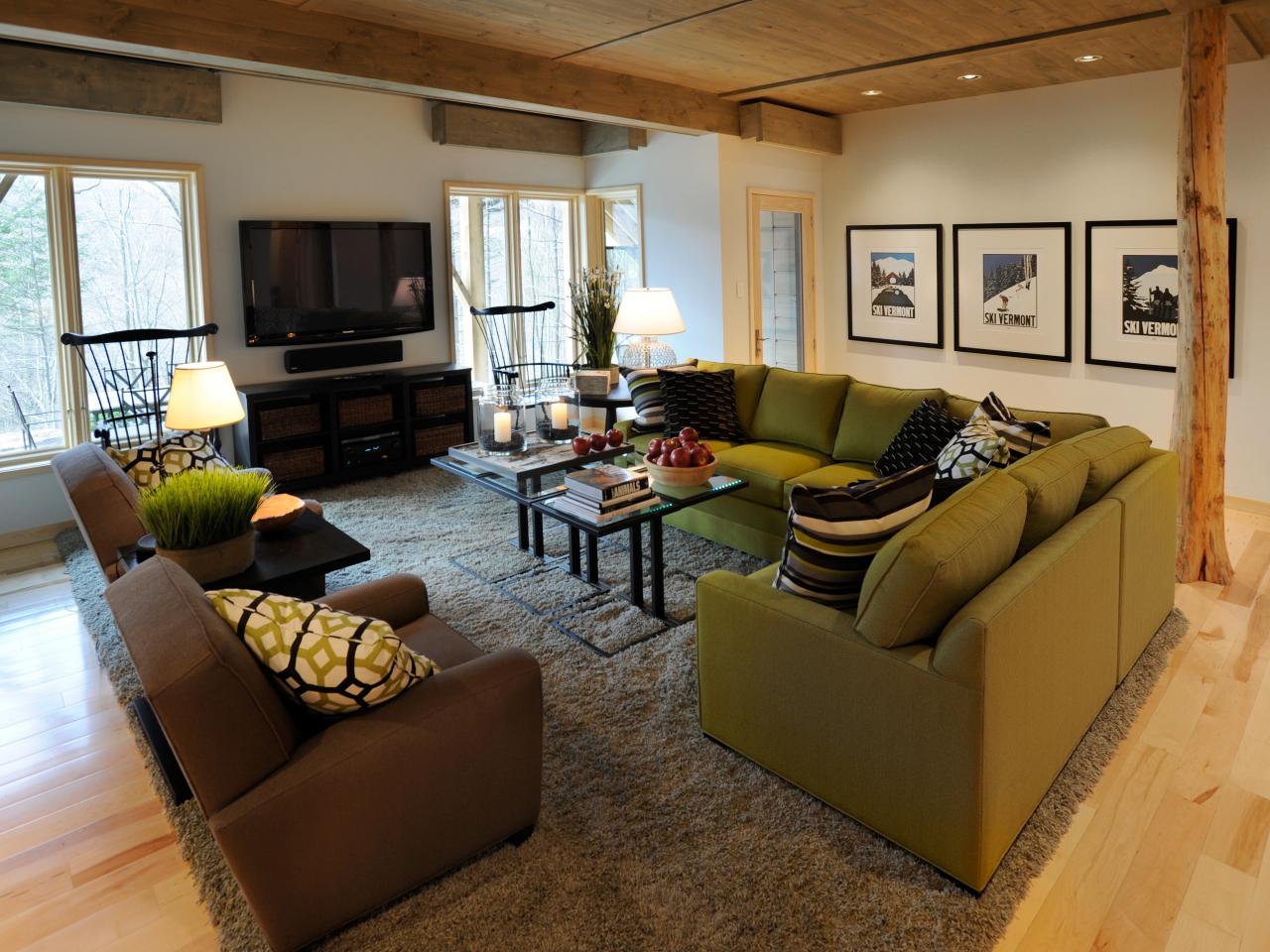


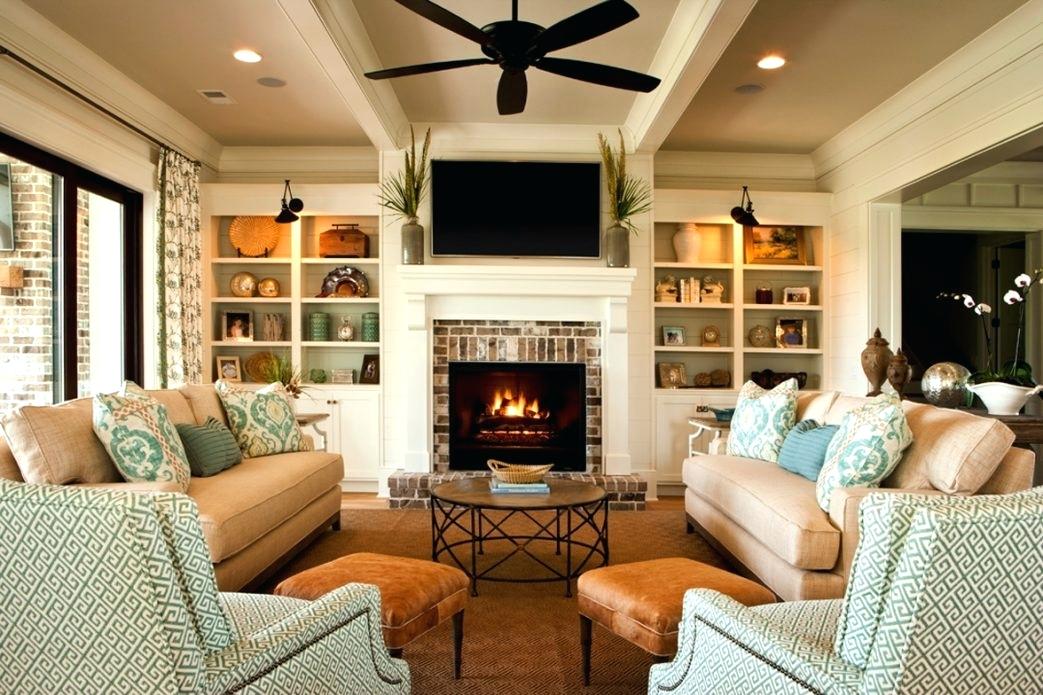

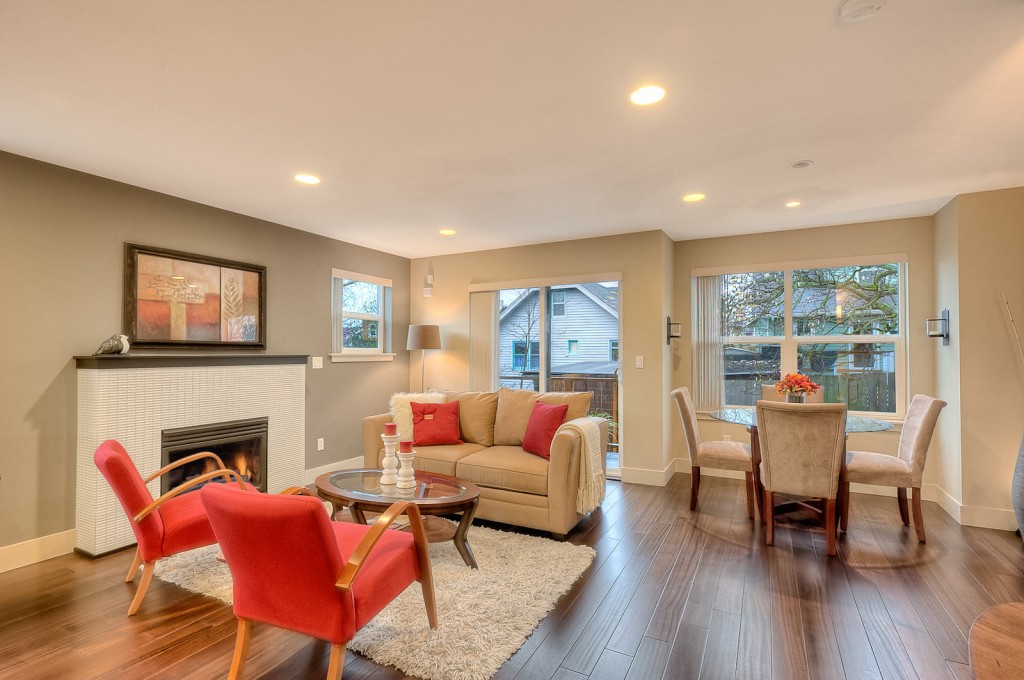
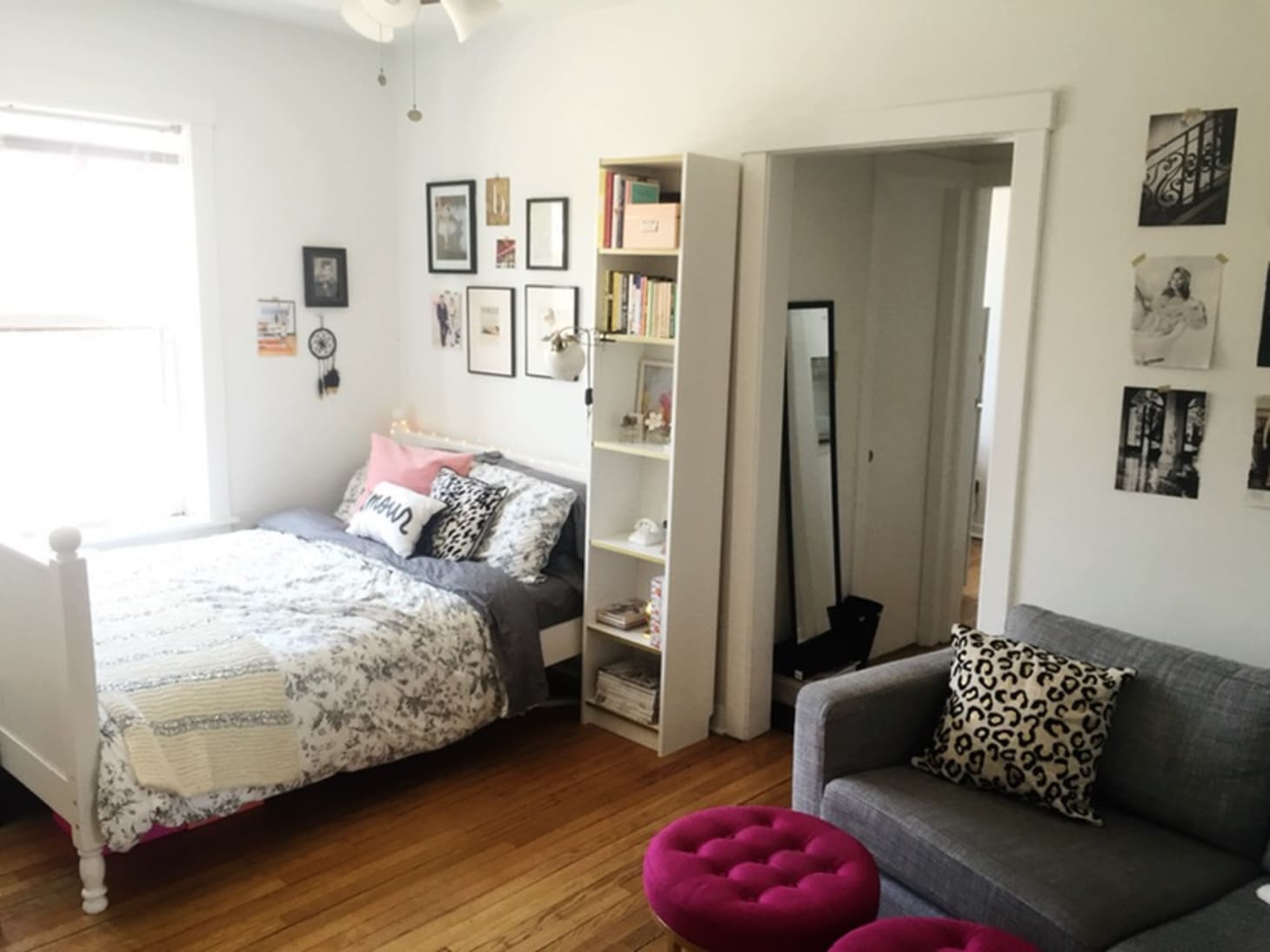

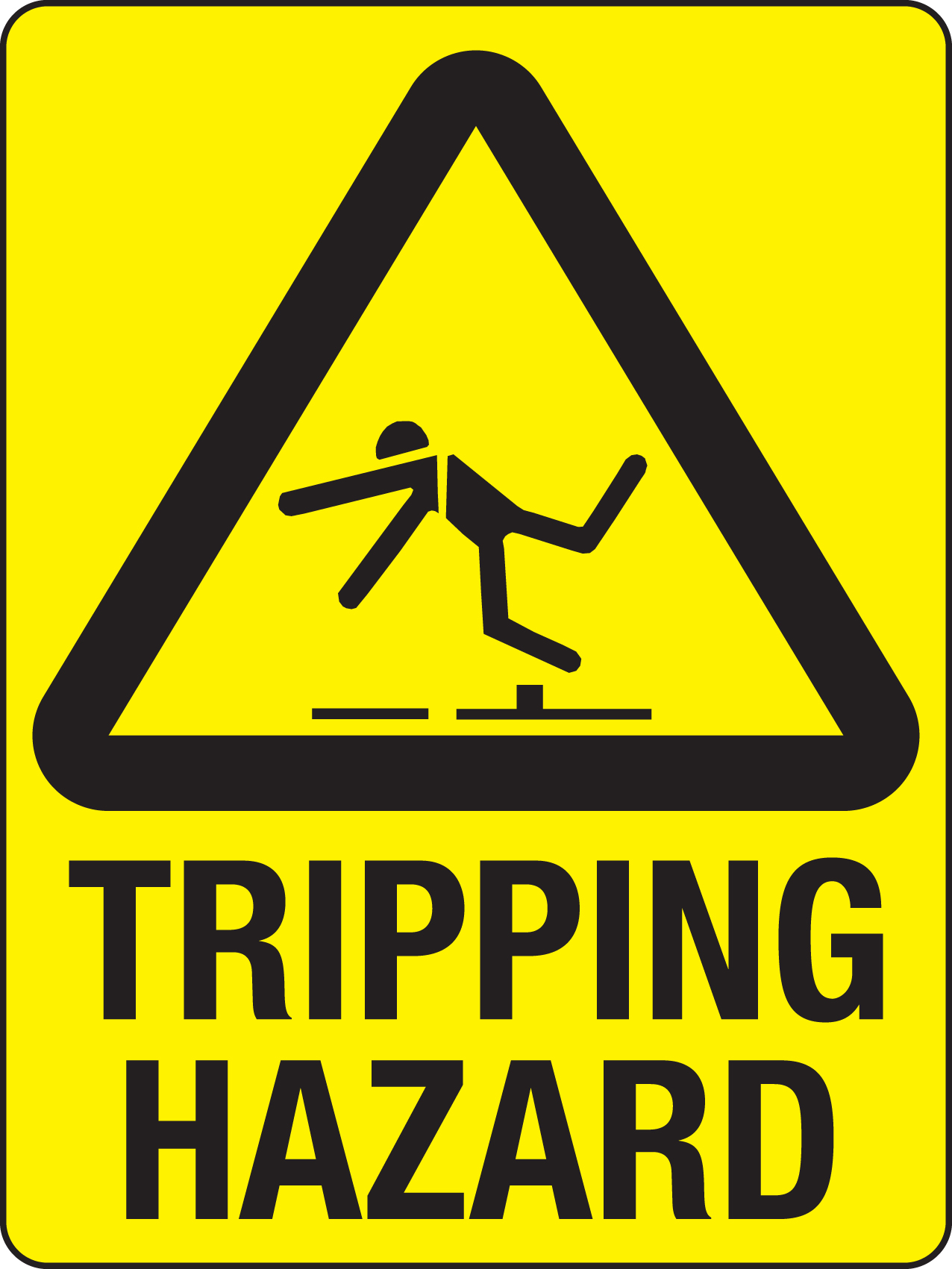

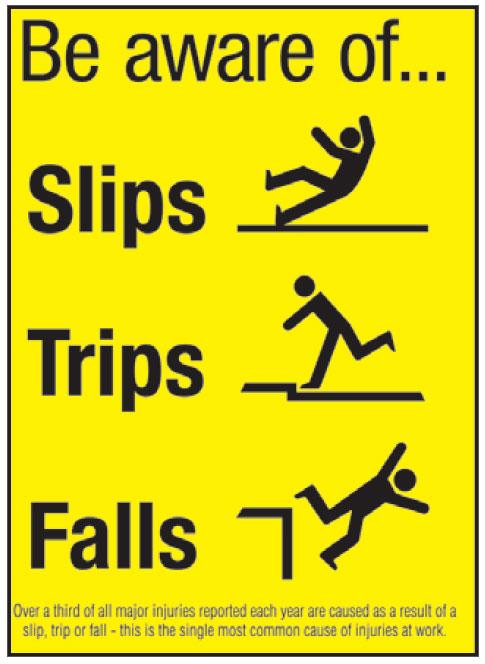
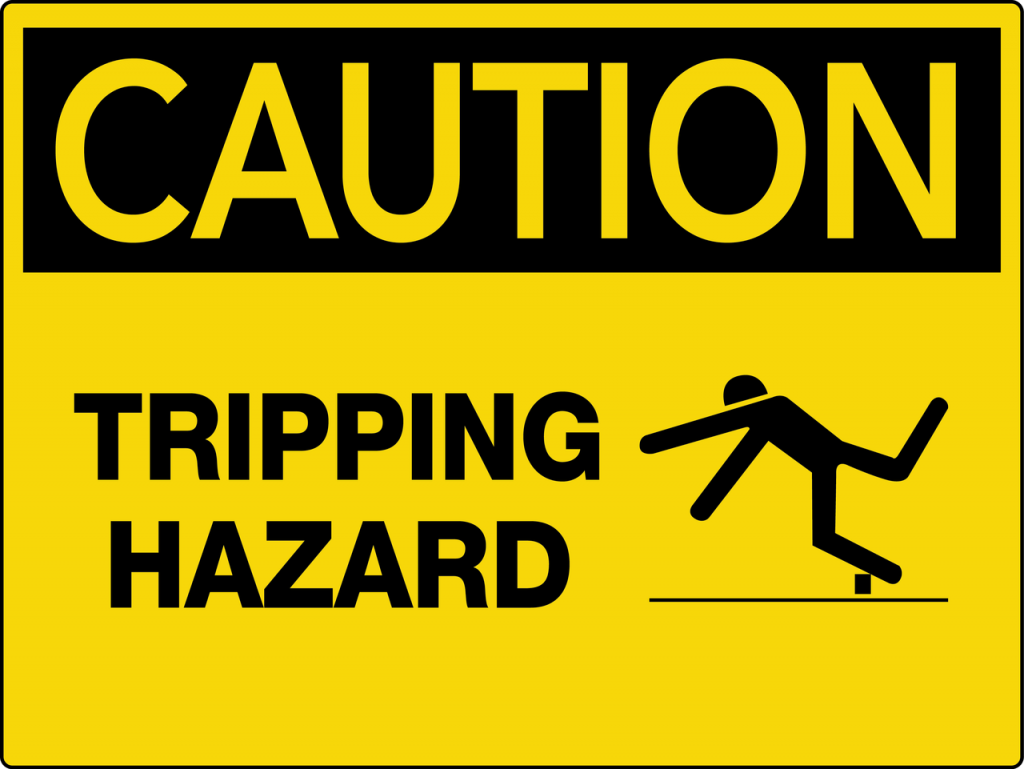


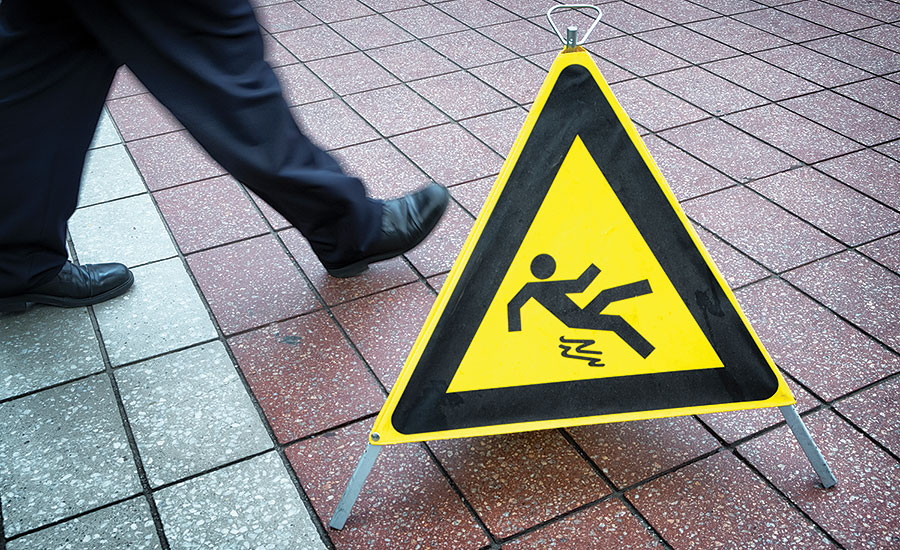
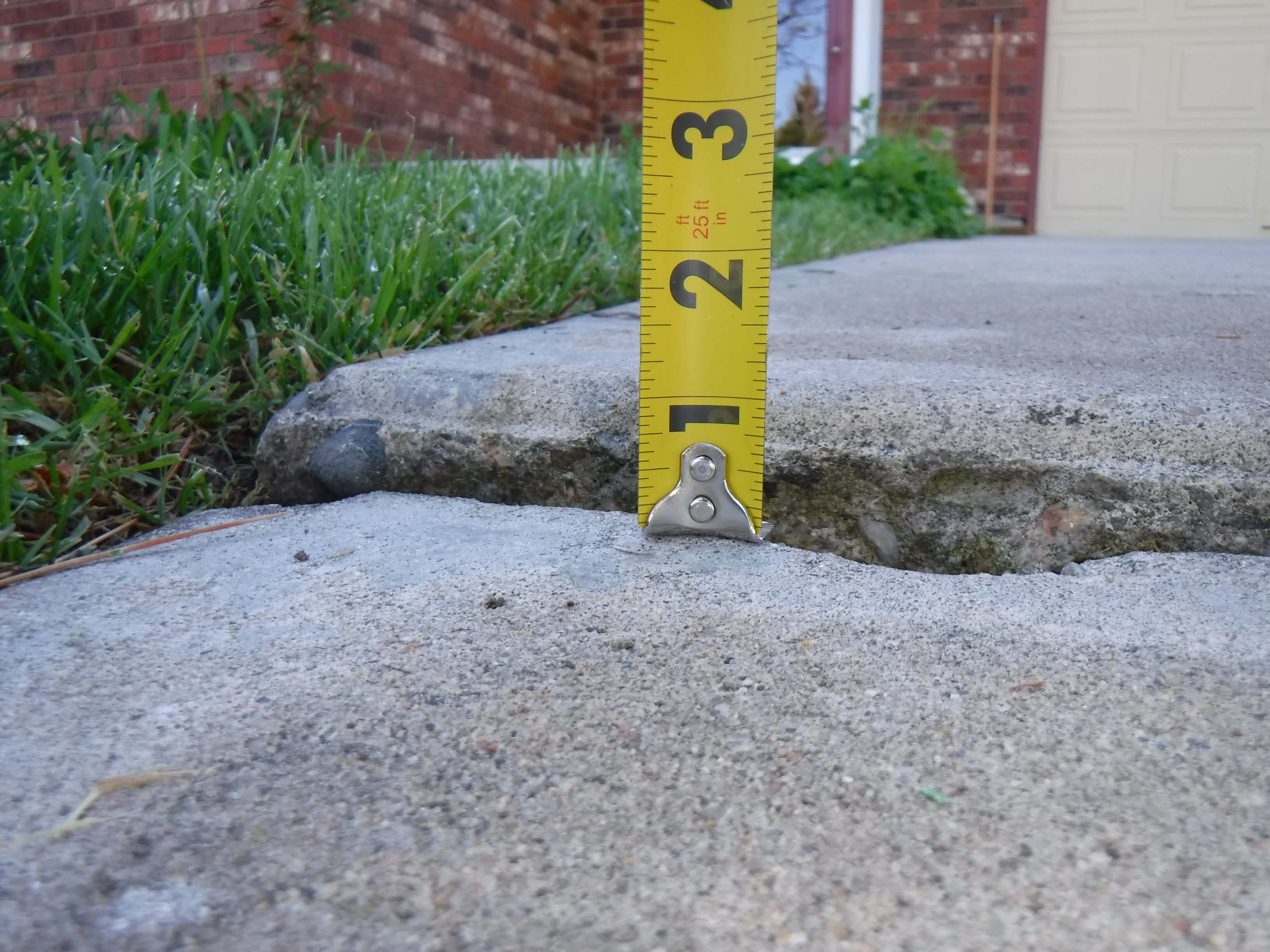
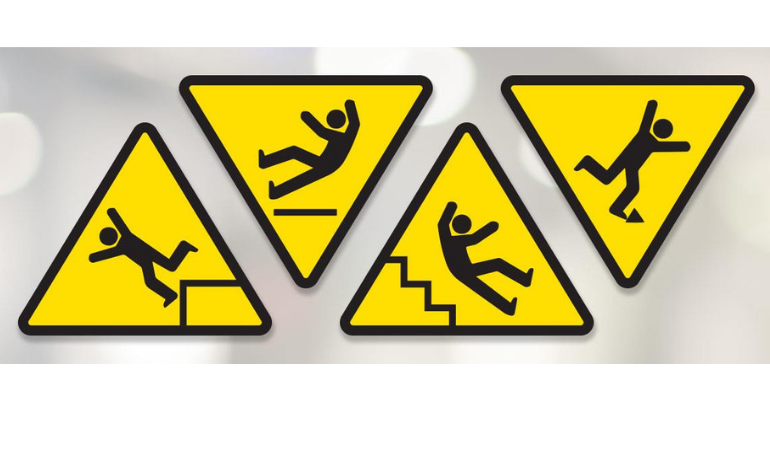





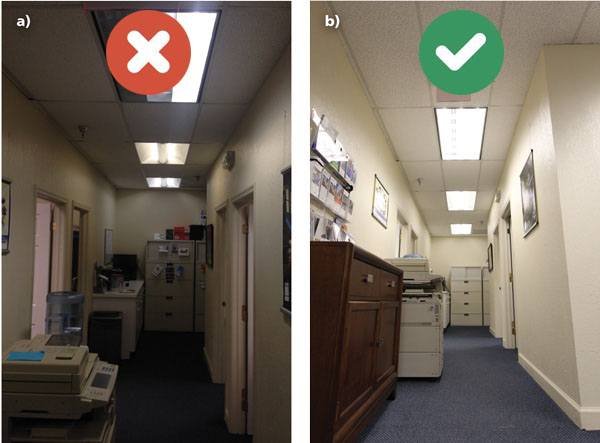
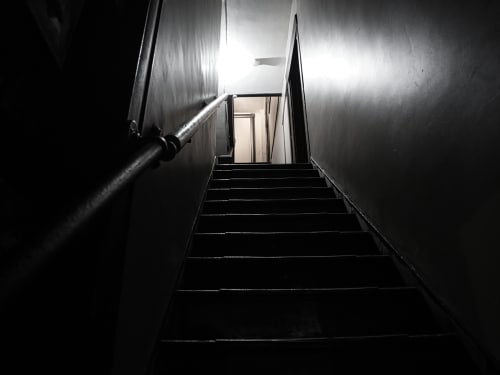
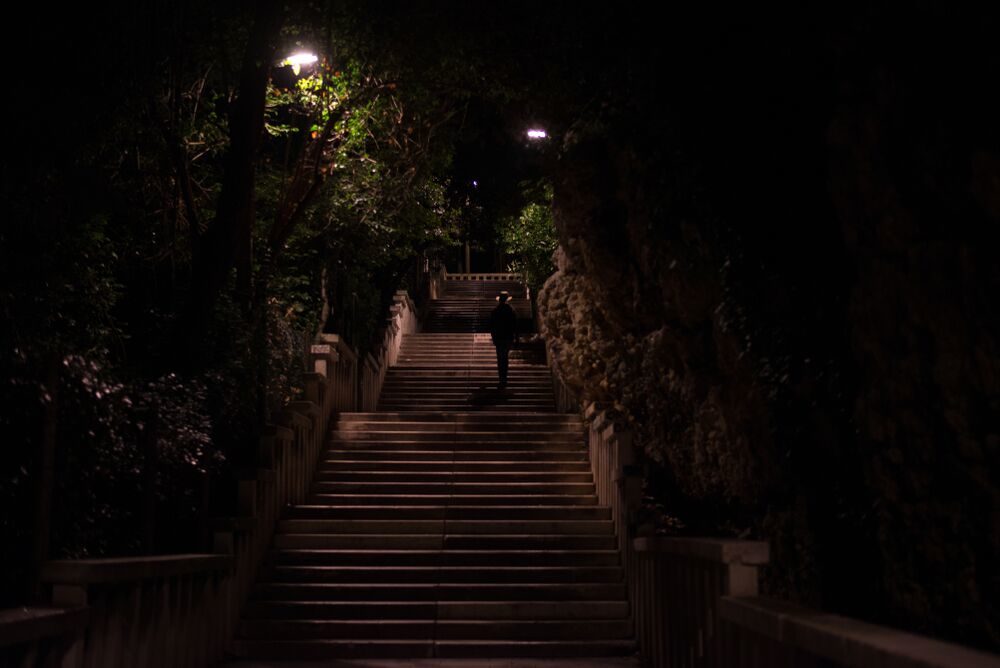
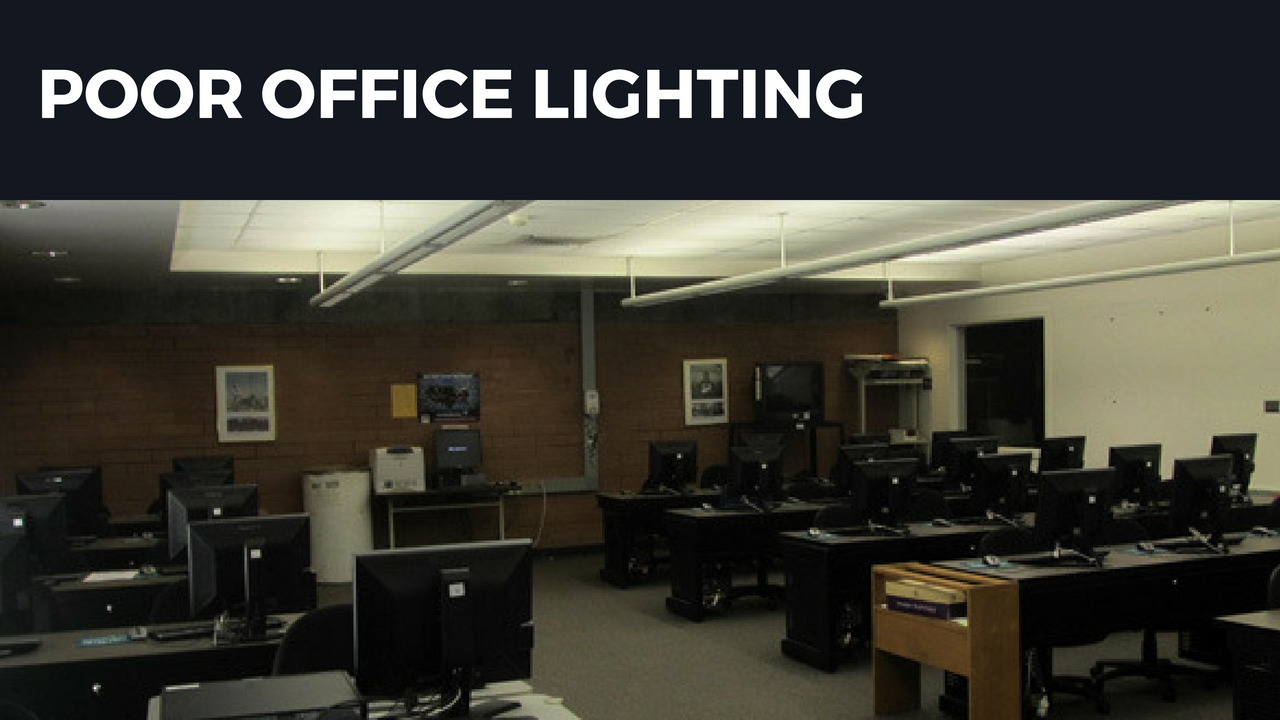

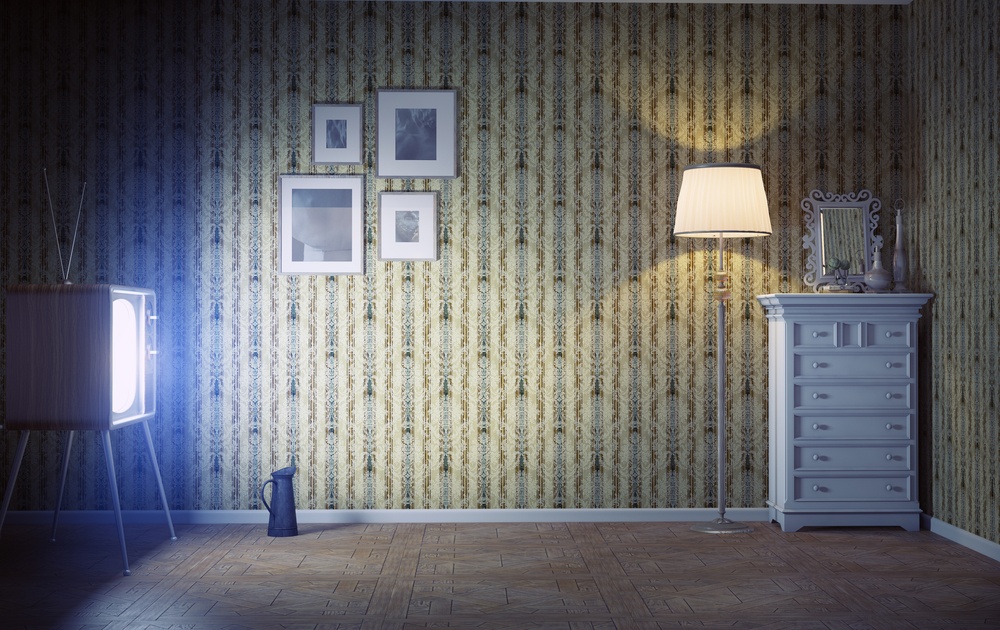







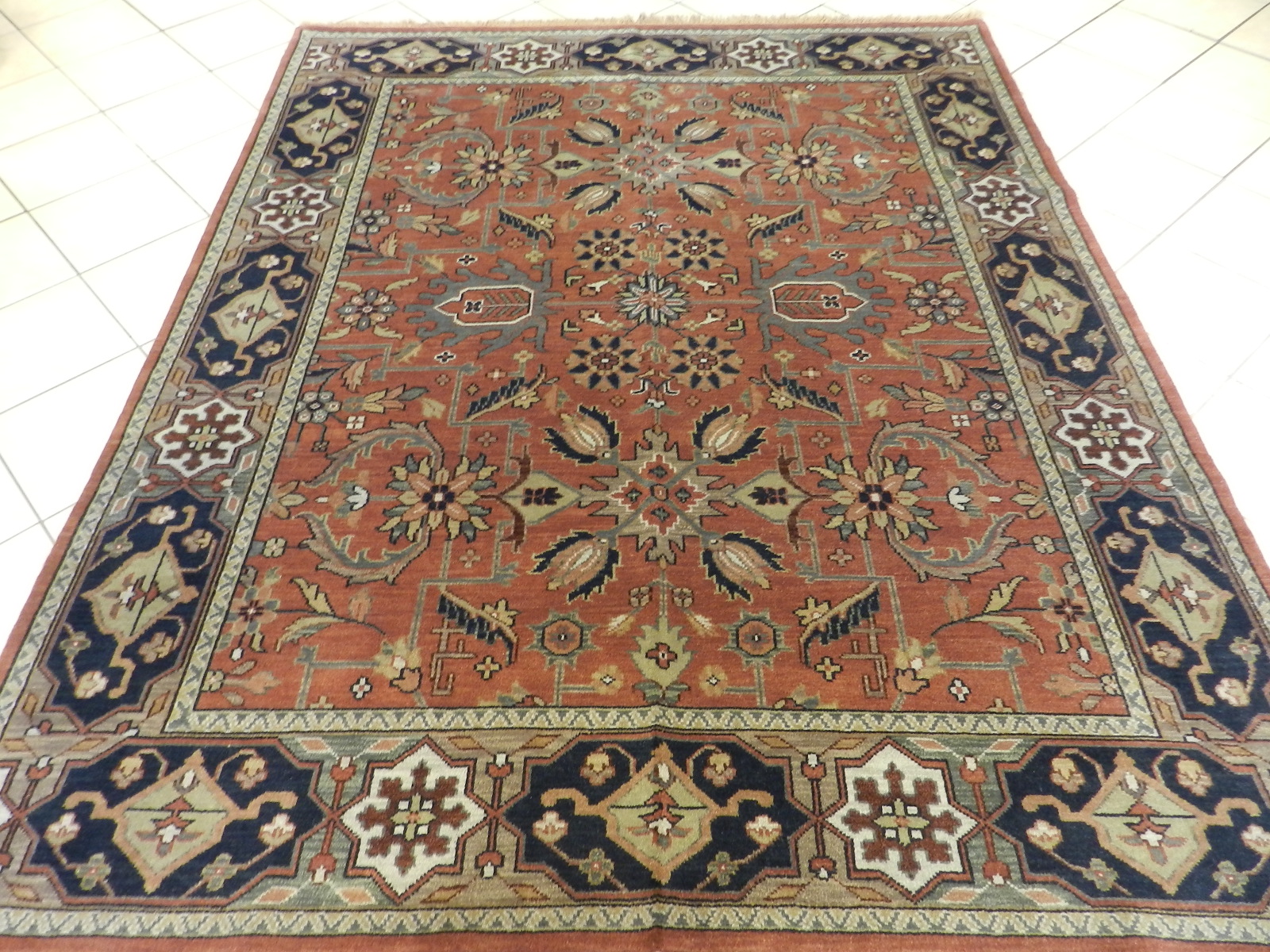

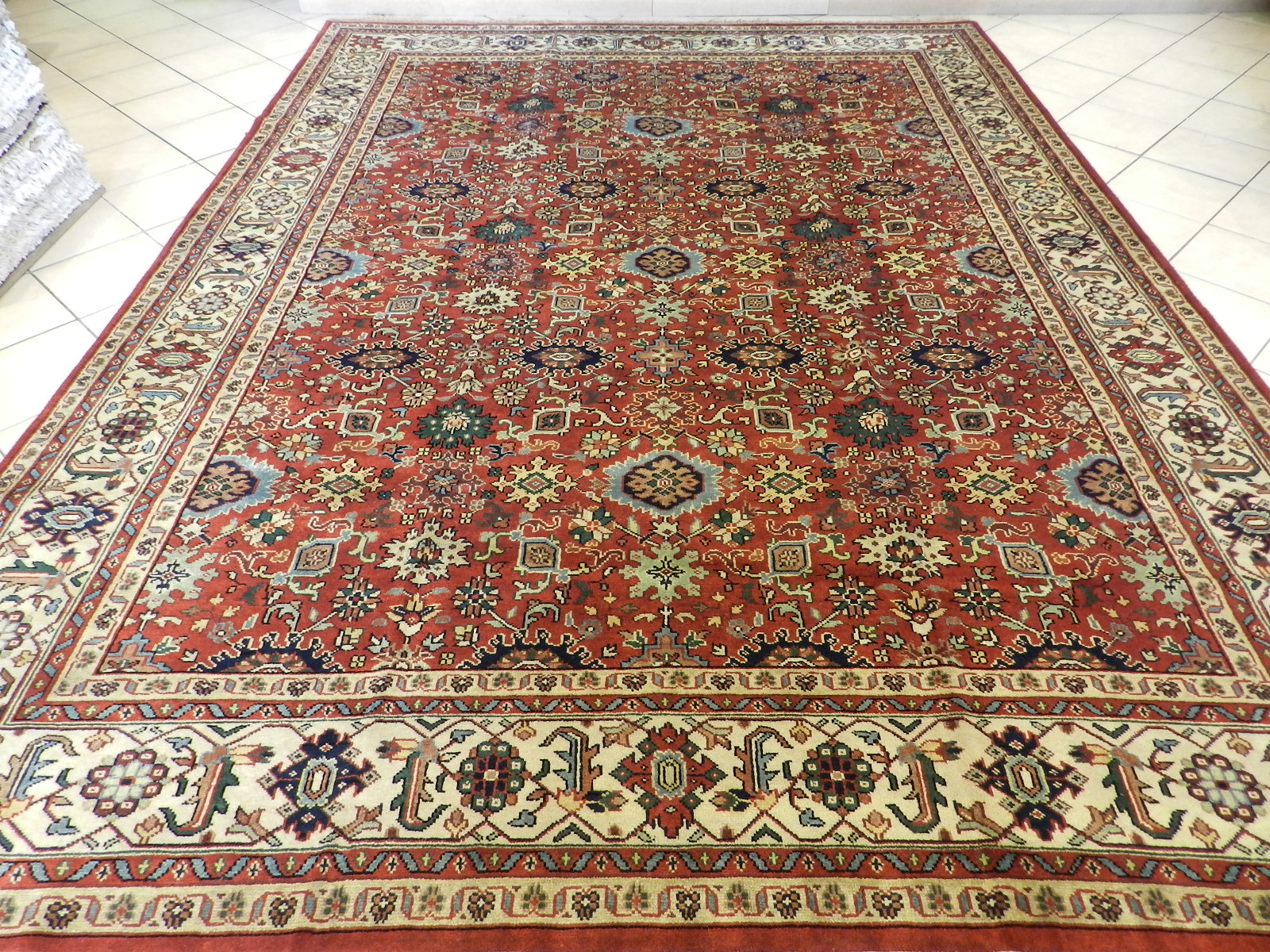













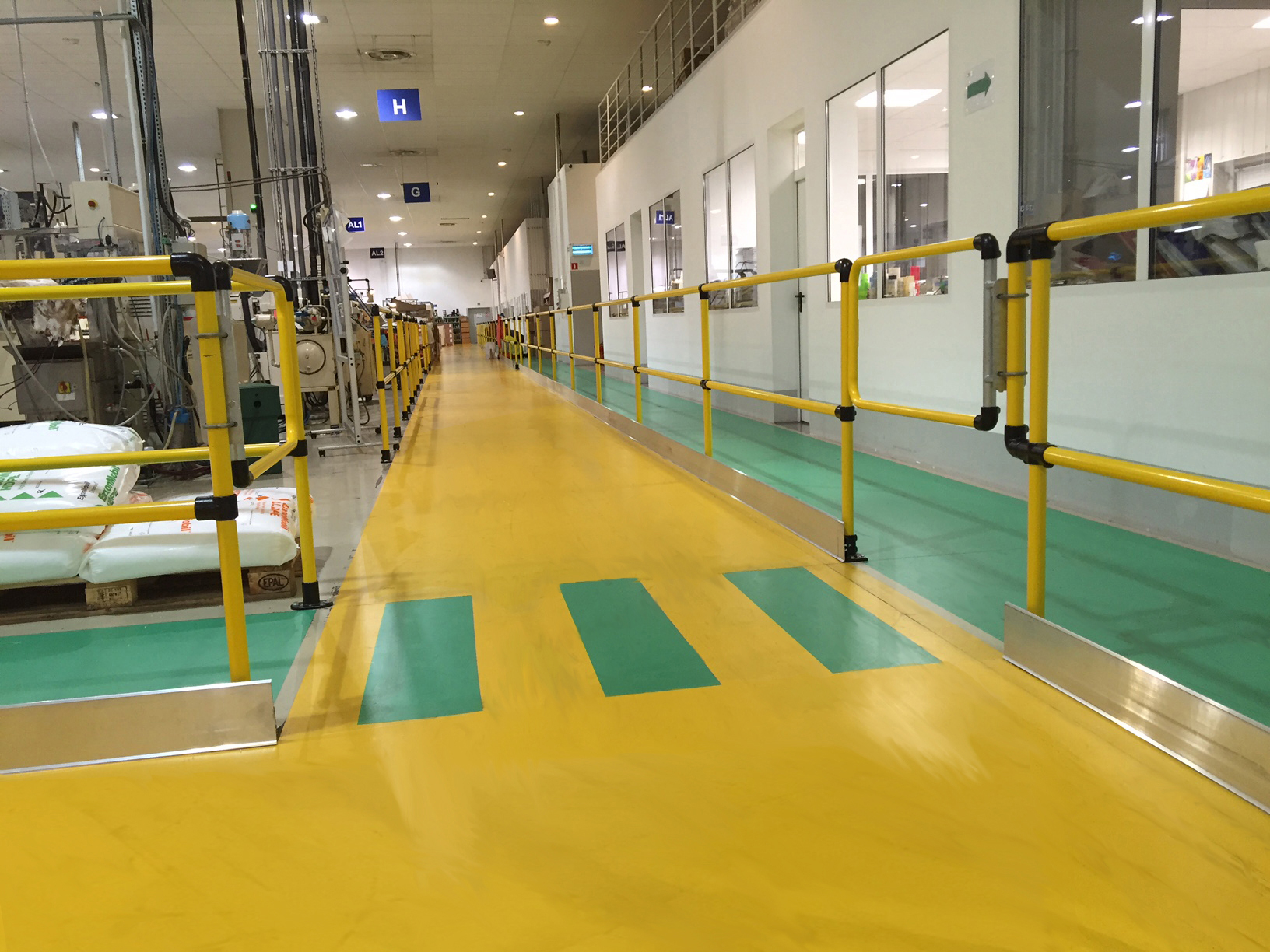
.jpg)




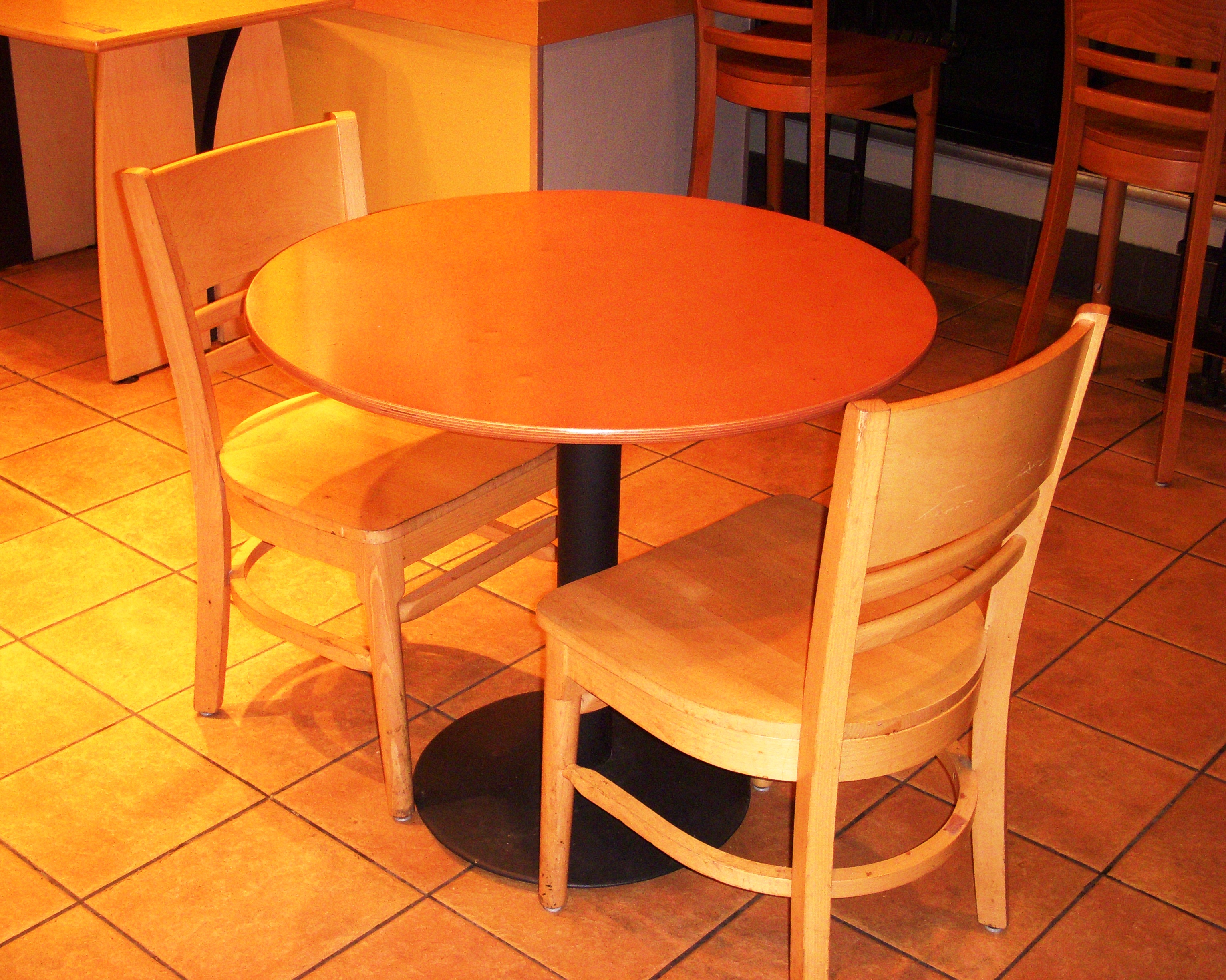
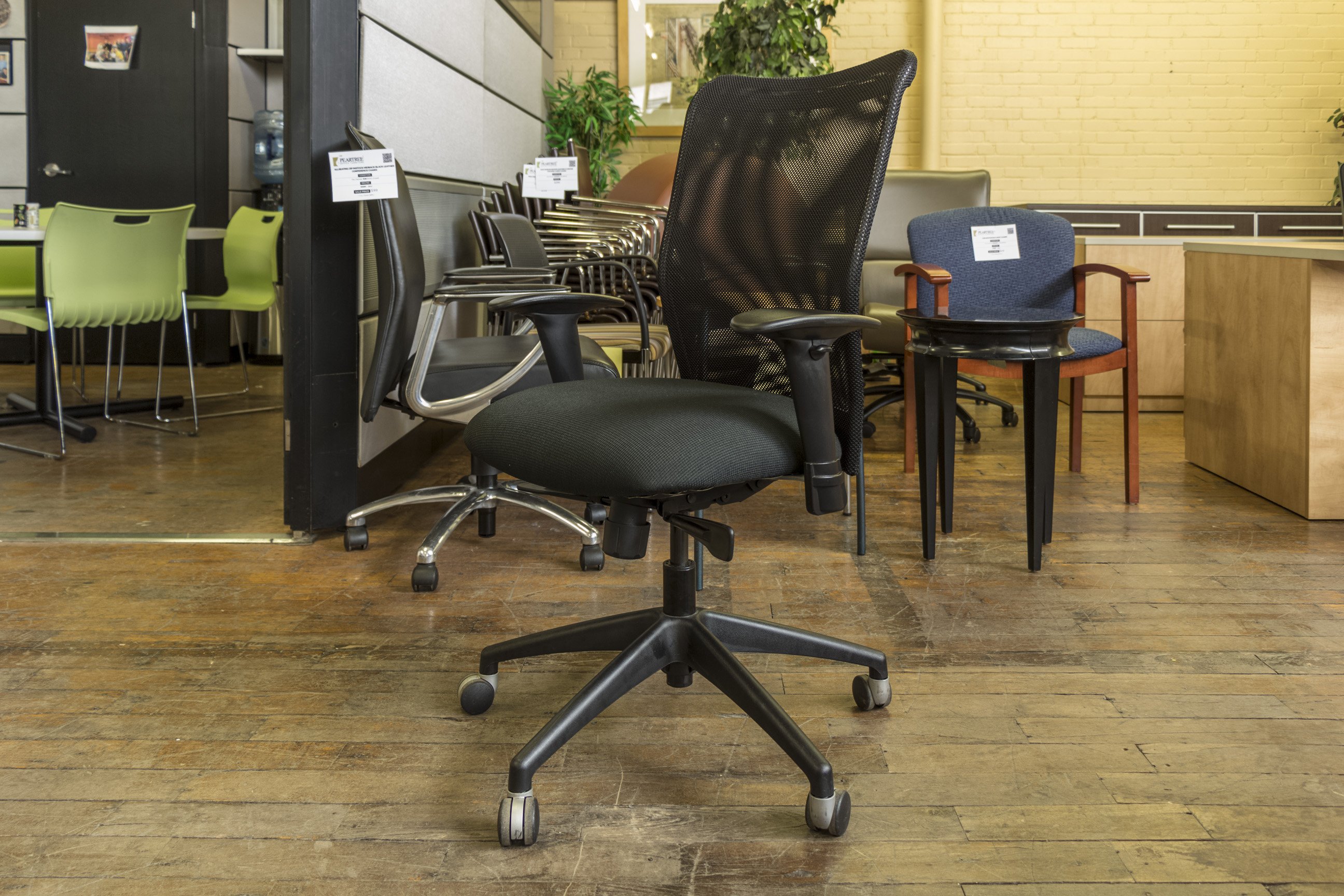
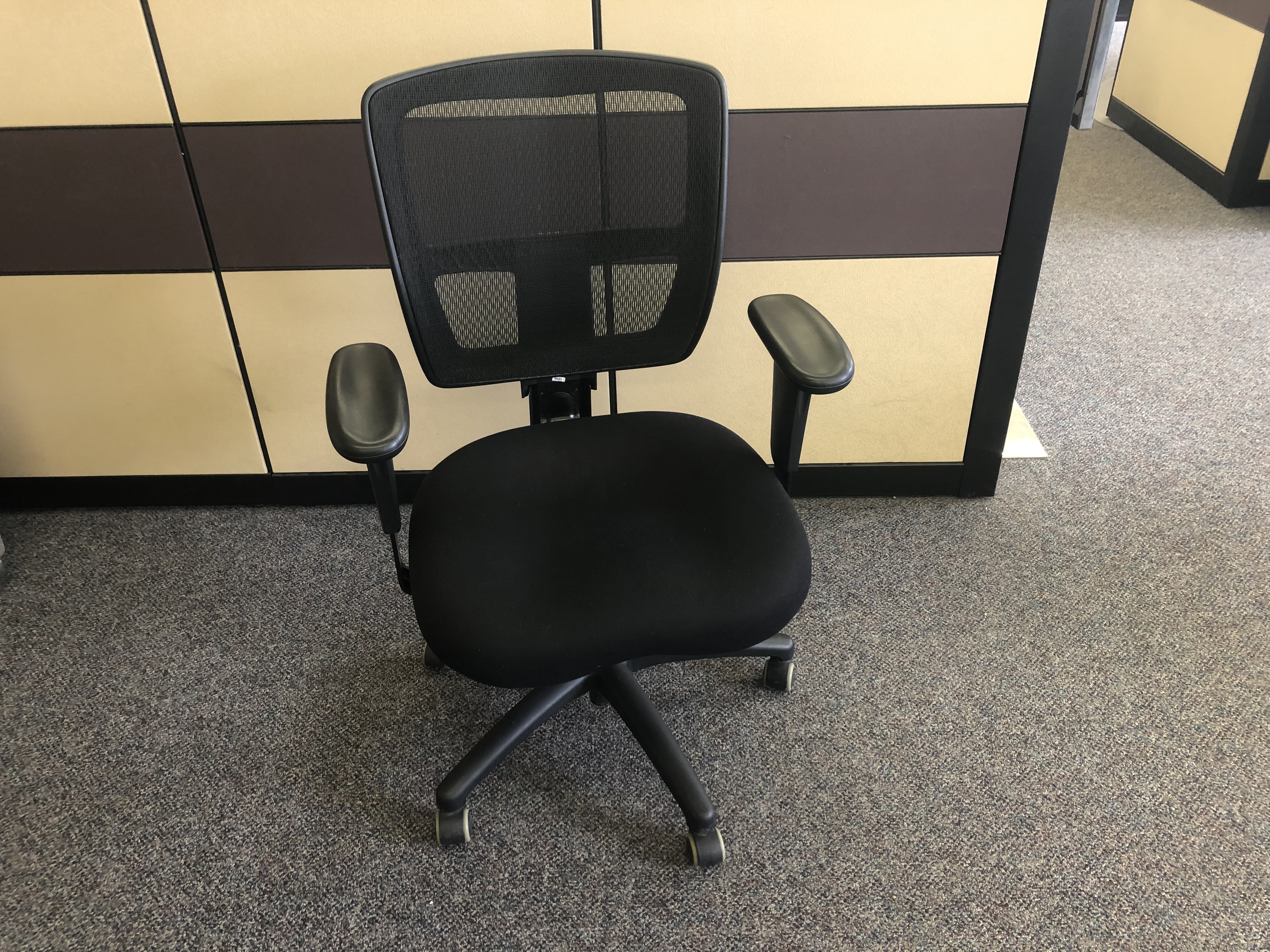

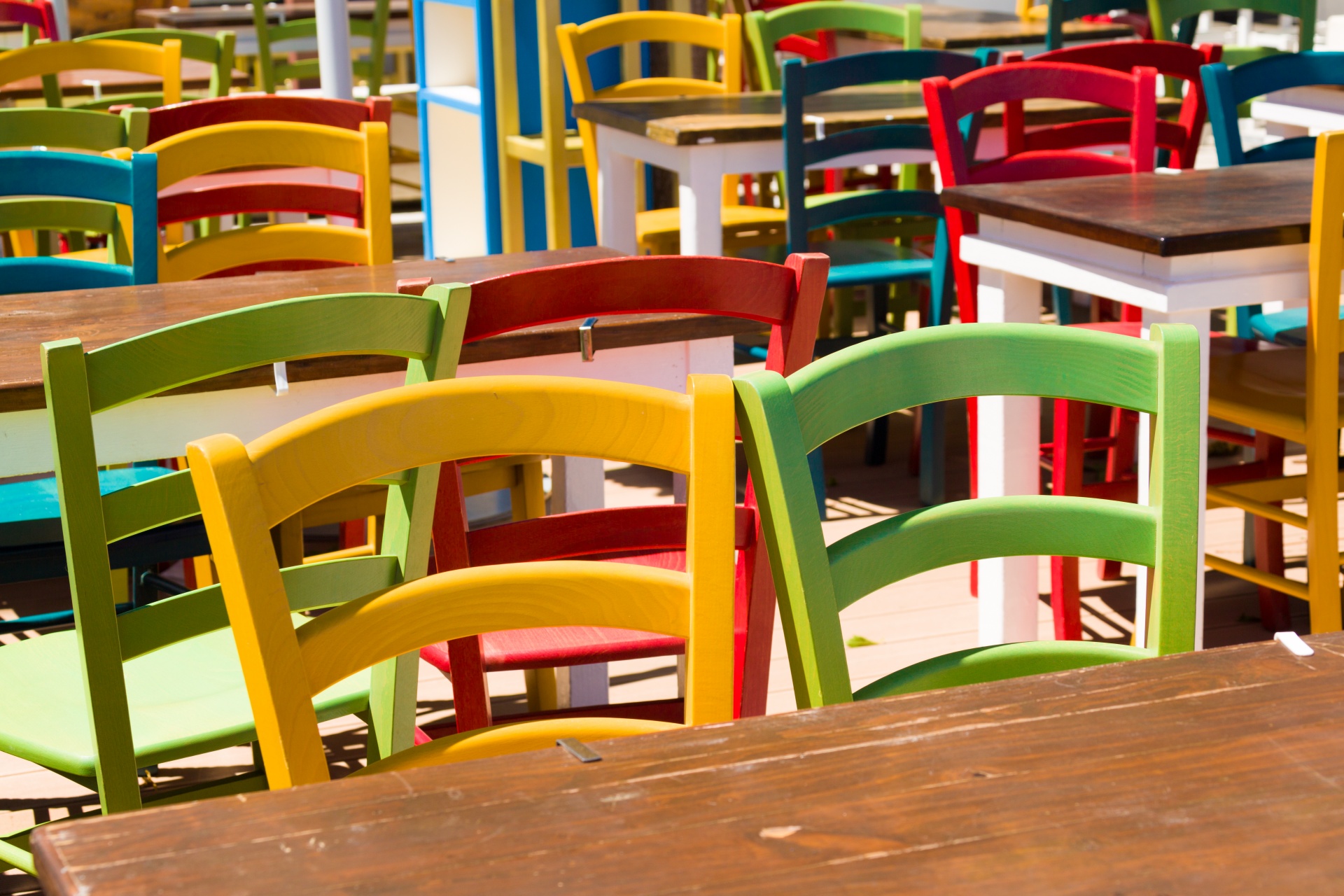

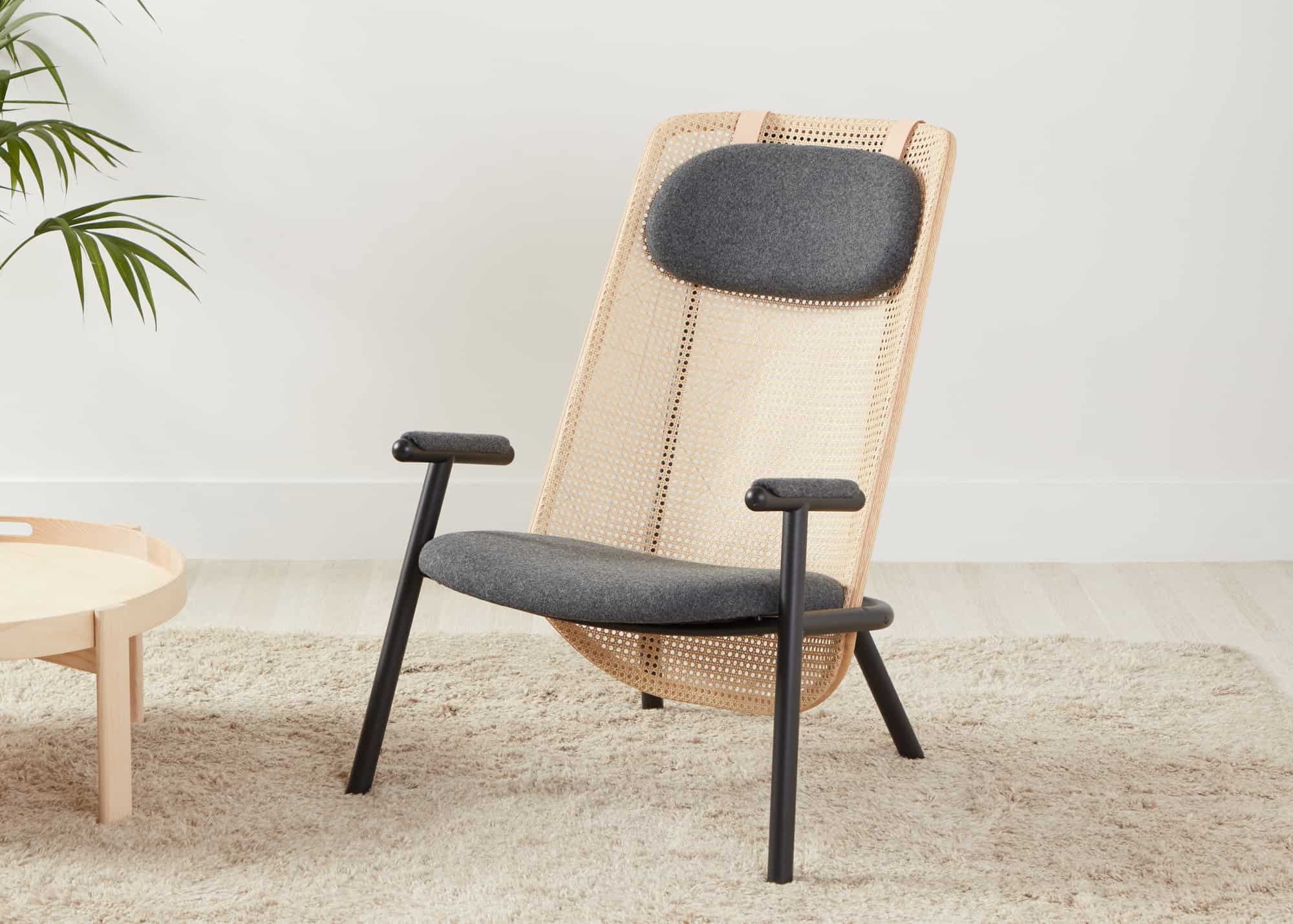
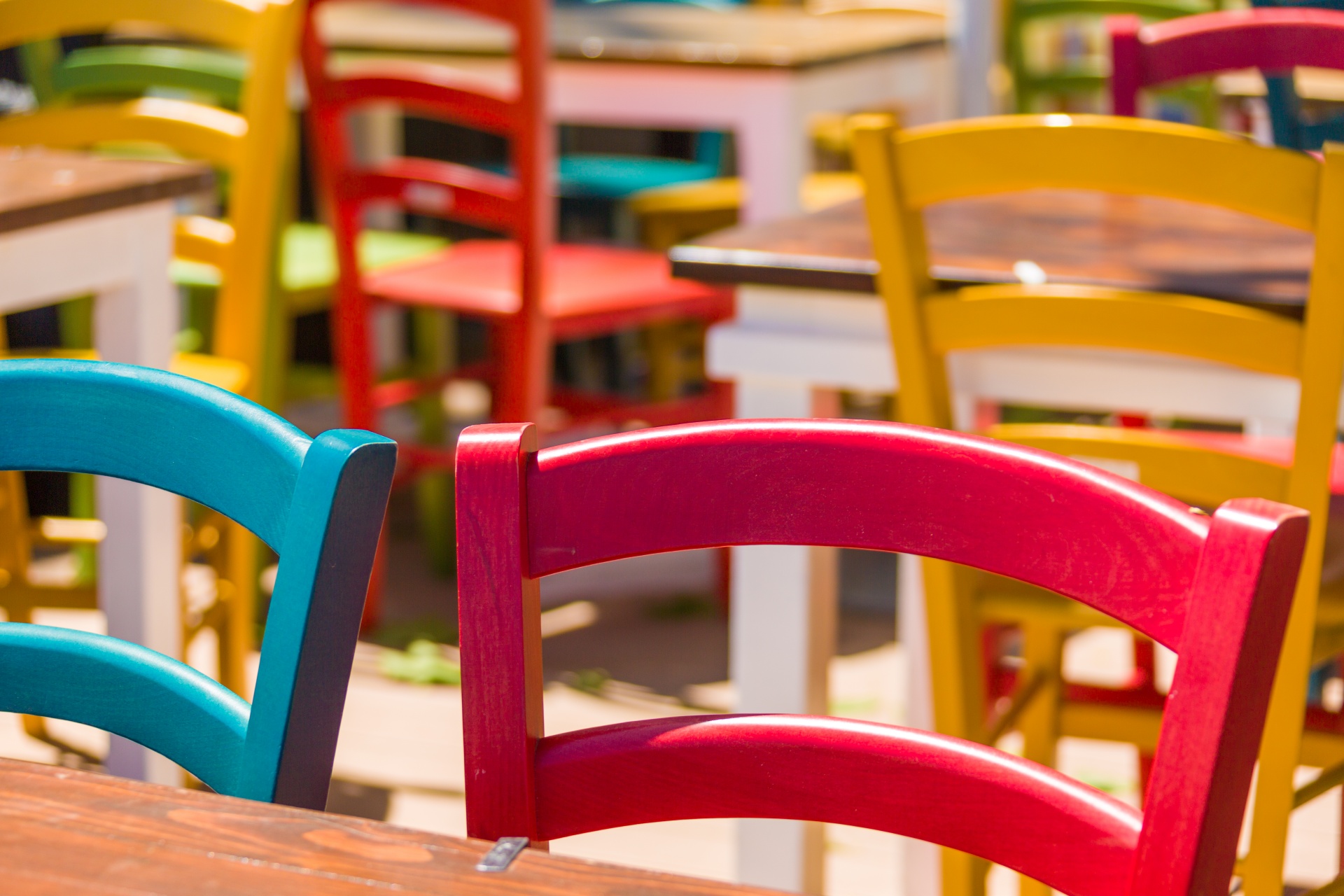

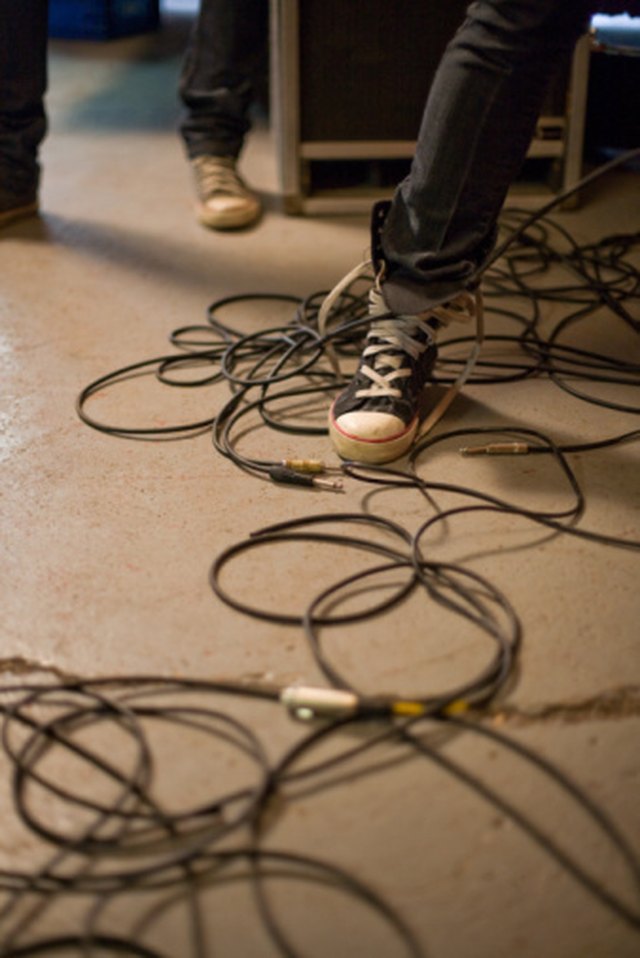

/185115457-56a4a2b15f9b58b7d0d7ef6d.jpg)
